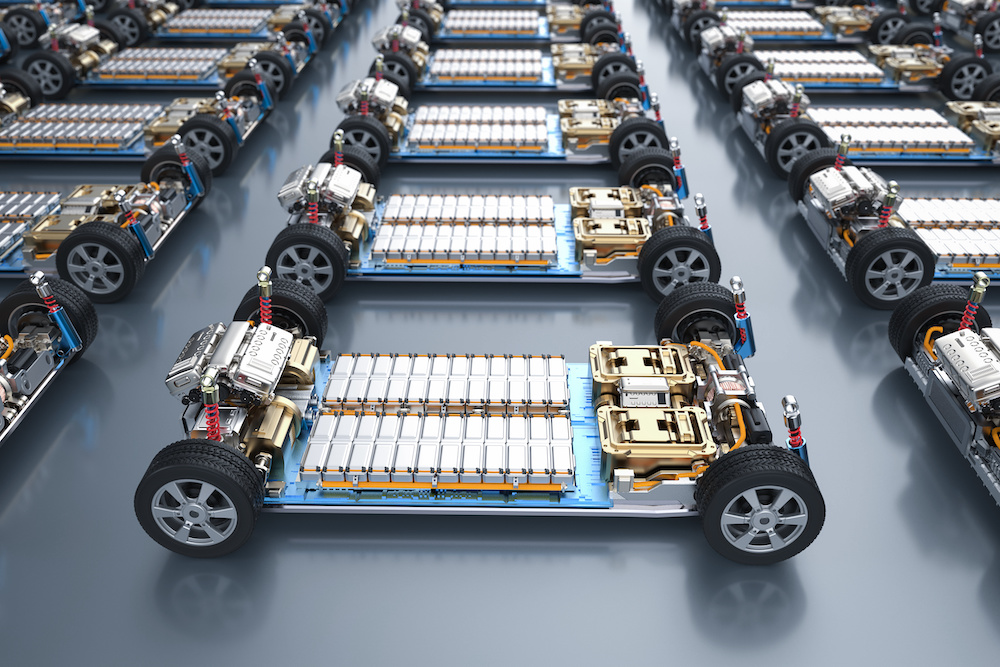What happens to retired EV Batteries?

Proper handling of EV batteries is key
As more and more electric vehicles hit the roads, the question of what happens to their batteries at the end of their life becomes increasingly important. Lithium-ion (Li-ion) batteries are an essential component of electric vehicles (EVs), and while they are generally safe when used correctly, they must be disposed of carefully.
Recognizing the need to keep valuable Li-ion materials from entering the waste stream, researchers are investigating ways to take Li-ion battery packs from their end-of-life (EOL) and reuse them. Many of these EOL battery packs will follow traditional EOL vehicle disposal patterns, such as being resold in the aftermarket for parts or scrap. Li-ion batteries for consumer devices have historically taken several paths at the end of their life, which may provide insights to EV battery end-of-life management.
These paths include being delivered to retailers for recycling, resold in the original device through an online site, or, in the worst case, discarded as trash destined for a landfill. However, batteries are unlikely to be discarded due to the high value of the component materials.
Used EV batteries have plenty to offer once they have completed their vehicle work lives. Potential second-life applications for used vehicle Li-ion batteries include low-power EV uses, such as golf carts, energy storage for EV charging, replacement of lead-acid batteries, backup power for telecommunication services, residential energy-storage services, and utility energy-storage services.
After second-life use, most Li-ion batteries must be recycled. Today, China has the greatest Li-ion battery recycling capacity, while North America currently has limited capacity. However, large incentives are available, such as under the 2021 Bipartisan Infrastructure Law, to develop more recycling capability.
EV owners should explore second-life applications for their batteries and dispose of them responsibly to reduce the environmental impact.
